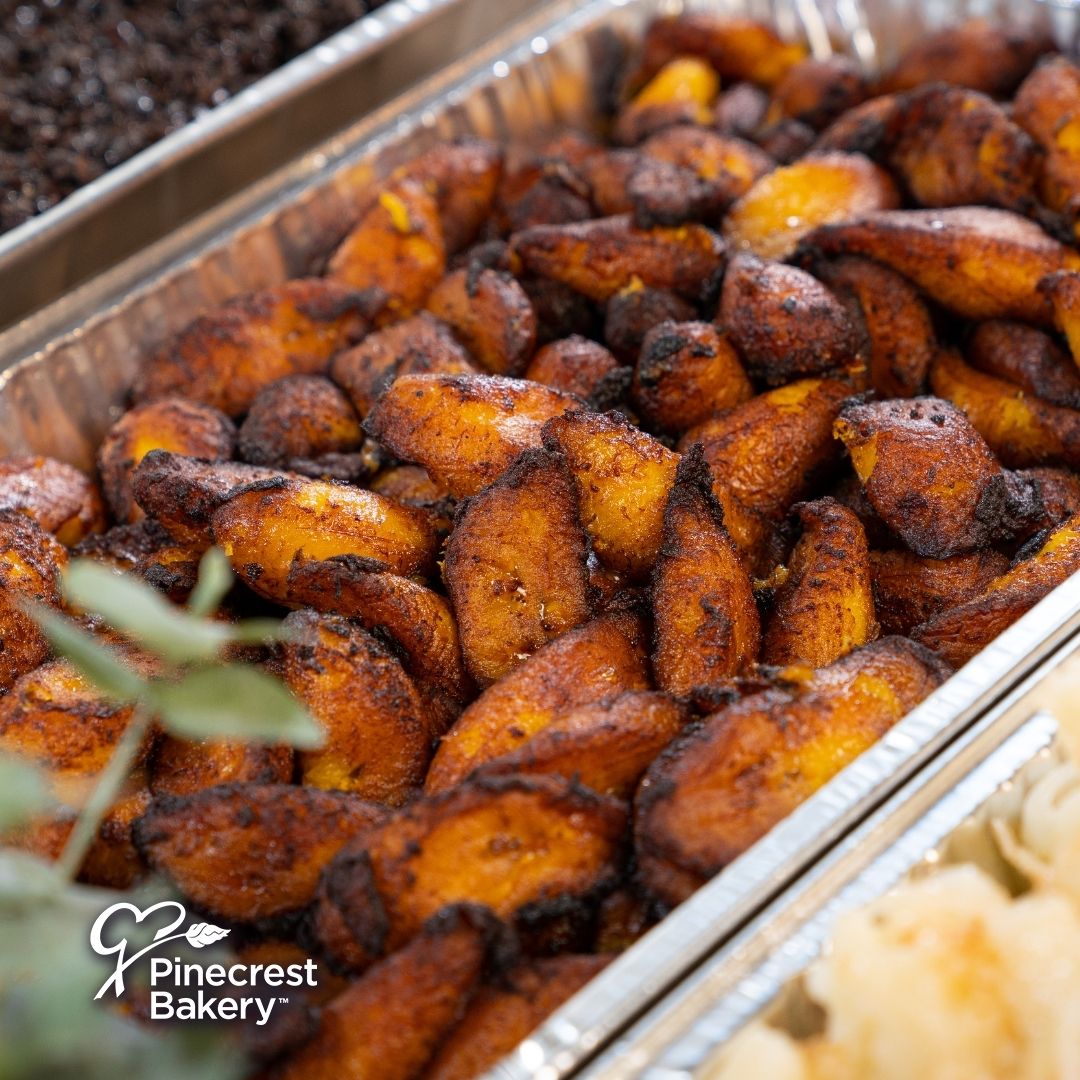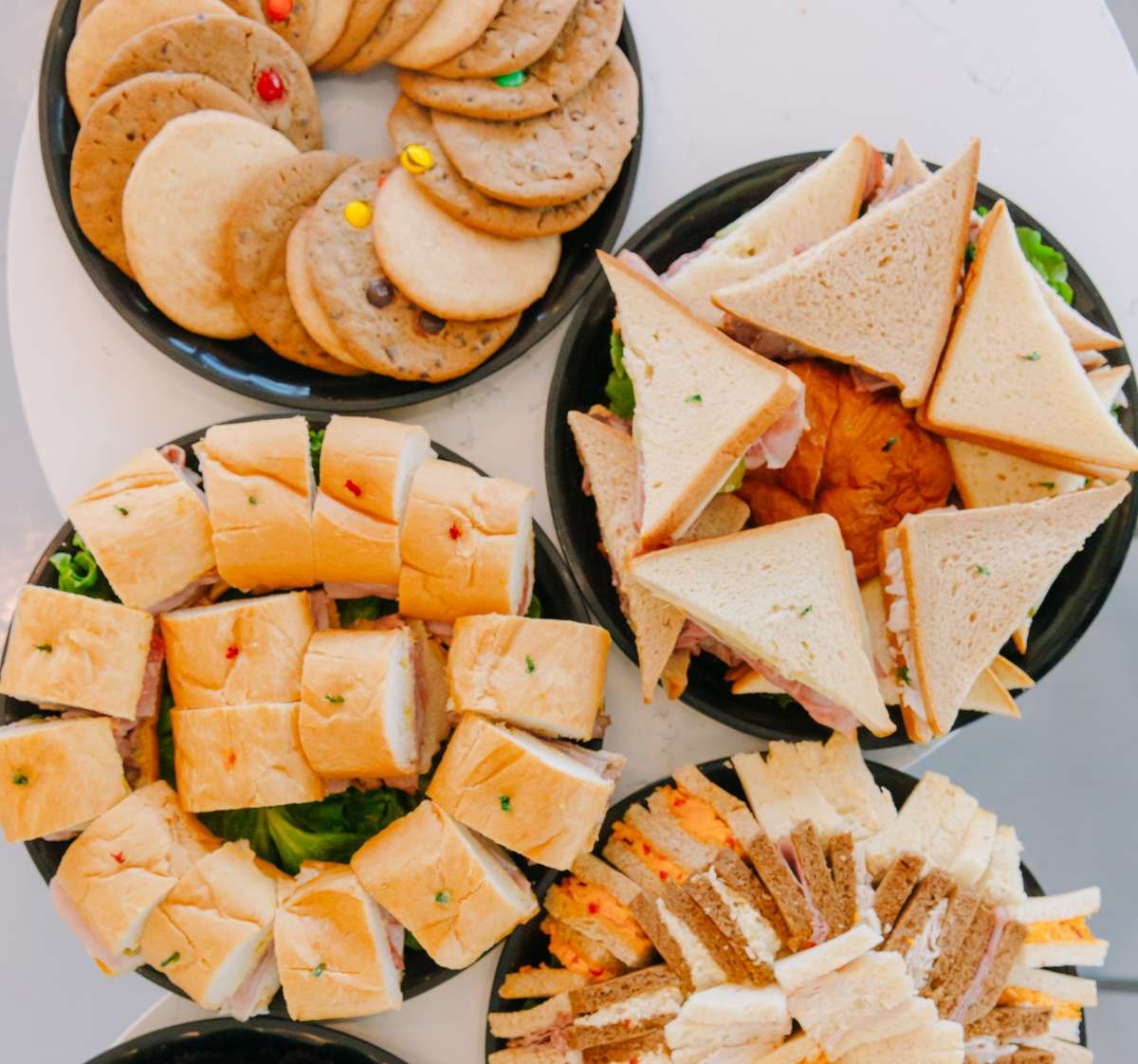Comprehending the Art of Bakery Products: From Fresh Baked Breads to Alluring Pastries and Finger Foods
The intricate art of bakery products encompasses a spectrum of strategies and components that change basic components right into cooking delights. From the science behind the ideal loaf of bread, where fermentation and gluten advancement play crucial roles, to the finesse needed for developing split breads, each aspect discloses an engaging story of craftsmanship. The convenience of finger foods highlights how taste and texture can be skillfully incorporated to engage diverse preference preferences. As we check out these elements, one might ask yourself: what underlying concepts control the success of these precious creations?
The Scientific Research of Bread Making
At the heart of every loaf of bread lies a remarkable interplay of chemistry and biology. The process of bread making starts with the combination of flour, yeast, water, and salt-- each ingredient playing a crucial duty in the last item.
Yeast, a living microorganism, ferments the sugars existing in the flour, generating co2 and alcohol in the procedure. The carbon dioxide gas produces bubbles in the dough, creating it to climb and establish a light structure. The temperature level and humidity during fermentation considerably influence yeast task and, subsequently, the bread's taste and appearance.

Mastering Bread Techniques
Just how can one accomplish the fragile balance of texture and taste that defines outstanding bread? Grasping pastry techniques requires a deep understanding of active ingredients, methods, and the scientific research behind them. Basic to this craft is the choice of premium ingredients-- flour, butter, sugar, and eggs-- each playing a vital function in the end product's flavor and structure.
The method of lamination, which includes folding layers of dough and butter, produces the desired flakiness in breads like croissants and smoke bread. Accuracy in temperature level is important, as butter ought to remain cool to ensure optimal layers. In a similar way, correct blending methods, such as the creaming method for cakes, guarantee also incorporation of air and fat, causing a light and airy crumb.
Furthermore, preserving the ideal humidity degrees during cooking can substantially influence the result, making certain that breads climb appropriately and achieve that golden-brown finish. Lastly, the art of bread also requires perseverance and technique; each attempt improves one's ability and understanding of the detailed balance called for to develop irresistible breads that thrill the senses. Proficiency in these strategies ultimately distinguishes a skilled pastry chef from an amateur.
Kinds Of Finger Foods
The globe of cooking thrills expands past pastries to include a wide variety of finger foods, which are commemorated for their comfort and flexibility. These bite-sized treats are perfect for social gatherings, supplying a variety of tastes and structures that satisfy diverse tastes.

On the sweeter side, bite-sized cupcakes and mini tarts supply a wonderful finish to any type of meal, interesting those with a craving for sweets. Furthermore, cheese and charcuterie boards function as an advanced option, enabling guests to personalize their attacks with a variety of meats, fruits, cheeses, and nuts.
Flavor Profiles in Baking
Cooking is a complex dance of taste profiles that incorporates wonderful, savory, and umami notes to produce an unified experience for the palate. Recognizing these profiles is vital for bakers looking for to boost their productions.
Components such as delicious chocolate and sugar present intricate sweet notes that can either dominate or match other tastes. Ingredients like flavors, natural herbs, and cheeses can transform a simple dough right into a multifaceted flavor experience.
Umami, frequently neglected in cooking, plays a significant duty in enhancing flavors. Ingredients such as aged cheeses, fermented items, and even particular nuts add to a tasty depth that enhances total taste.
In addition, the interaction of level of i thought about this acidity from active ingredients like buttermilk or citrus passion can lighten up flavors, providing a revitalizing counterpoint to sweet taste. By thoughtfully integrating these flavor accounts, bakers can craft products that reverberate with diverse tastes, creating an extraordinary culinary experience. Ultimately, grasping taste accounts is key to innovation on the planet of baking.
Essential Cooking Equipments and Components
Understanding taste profiles in baking sets the phase for choosing the right tools and components that facilitate the development of outstanding baked products. The foundation of successful baking lies in having necessary tools available. Trick items include mixing bowls, determining cups, and spoons for accuracy, in addition to a tough stand mixer or hand mixer for easy blending. A dependable set of cooking frying pans-- such as sheet frying pans, loaf pans, and cake frying pans-- is crucial for achieving preferred textures and forms.
In terms of components, quality matters dramatically. Flour serves as the backbone of many recipes; selecting the ideal type-- be it bread, all-purpose, or bread flour-- can drastically influence the result. Sugar not just sweetens however additionally adds to appearance, while eggs act as binders and leavening agents. Baking powder and cooking soda are crucial for developing lift in breads and cakes.
Furthermore, including flavor enhancers like vanilla essence, spices, and citrus enthusiasm can raise your productions. By ensuring access to these essential tools and active ingredients, bakers can confidently start their cooking trip, crafting a diverse variety of fascinating baked goods.
Conclusion
Finally, the art of bakery items includes a profound understanding of both clinical concepts and creative techniques. Mastery in bread production, pastry prep work, and finger food discussion discloses the detailed relationships in between active ingredients and procedures. Moreover, checking out diverse flavor profiles improves the baking experience, while important tools and blog components provide the structure for success. Inevitably, the charming world of cooking prospers on the harmonious interaction of scientific research and imagination, leading to a myriad of delightful cooking creations.
How can one achieve the delicate balance of structure and flavor that defines phenomenal bread? Fundamental to this craft is the selection of top quality ingredients-- flour, butter, sugar, and eggs-- each playing an important function in the last item's flavor and appearance.

Comprehending taste accounts in cooking collections the phase for selecting the visit this site right tools and ingredients that promote the production of phenomenal baked products. Discovering varied flavor accounts enhances the baking experience, while crucial devices and ingredients supply the foundation for success.